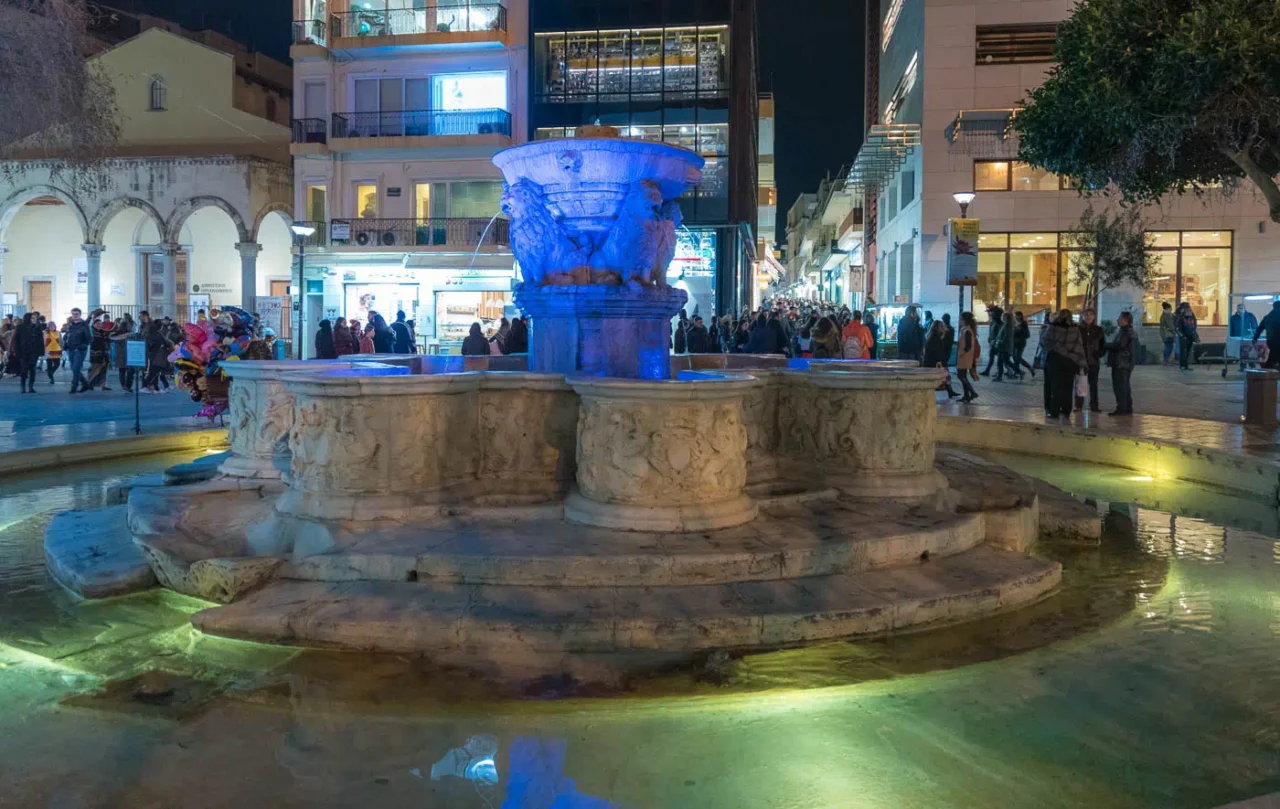
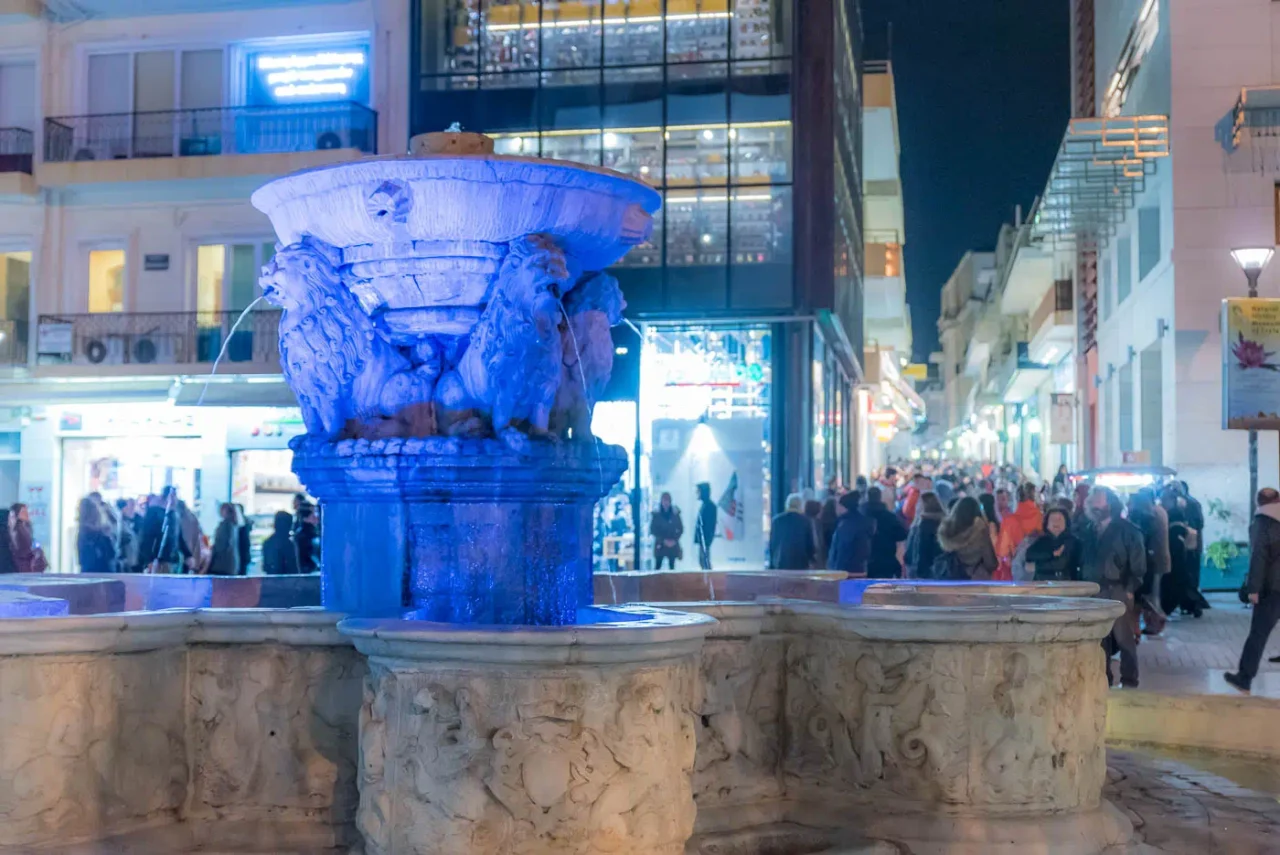
Heraklion, the capital of Crete, has a long history tied to its water resources. The city’s development and architecture show how important water has been. Each civilization, from the Minoans to the Venetians and Ottomans, has shaped Heraklion’s water systems.
Early Water Management: Minoan and Roman Periods
While evidence of water management systems during the Minoan and Roman periods in Heraklion is scarce, the nearby palace of Knossos provides valuable insights. Archaeological excavations have revealed sophisticated hydraulic engineering at Knossos, including:
-
- Clay pipes: These were used to distribute water within the palace complex and for drainage.
- Terracotta gutters: These channeled rainwater from roofs into cisterns for storage.
- Stone-lined drains: These carried wastewater away from the palace.
It is plausible that similar systems existed in Heraklion during these periods.
The Venetian Era: A Turning Point in Water Management
The Venetian period (1204-1669) marked a significant turning point in Heraklion’s water history. Faced with a growing population and limited water resources within the city walls, the Venetians implemented innovative solutions to address the water scarcity.
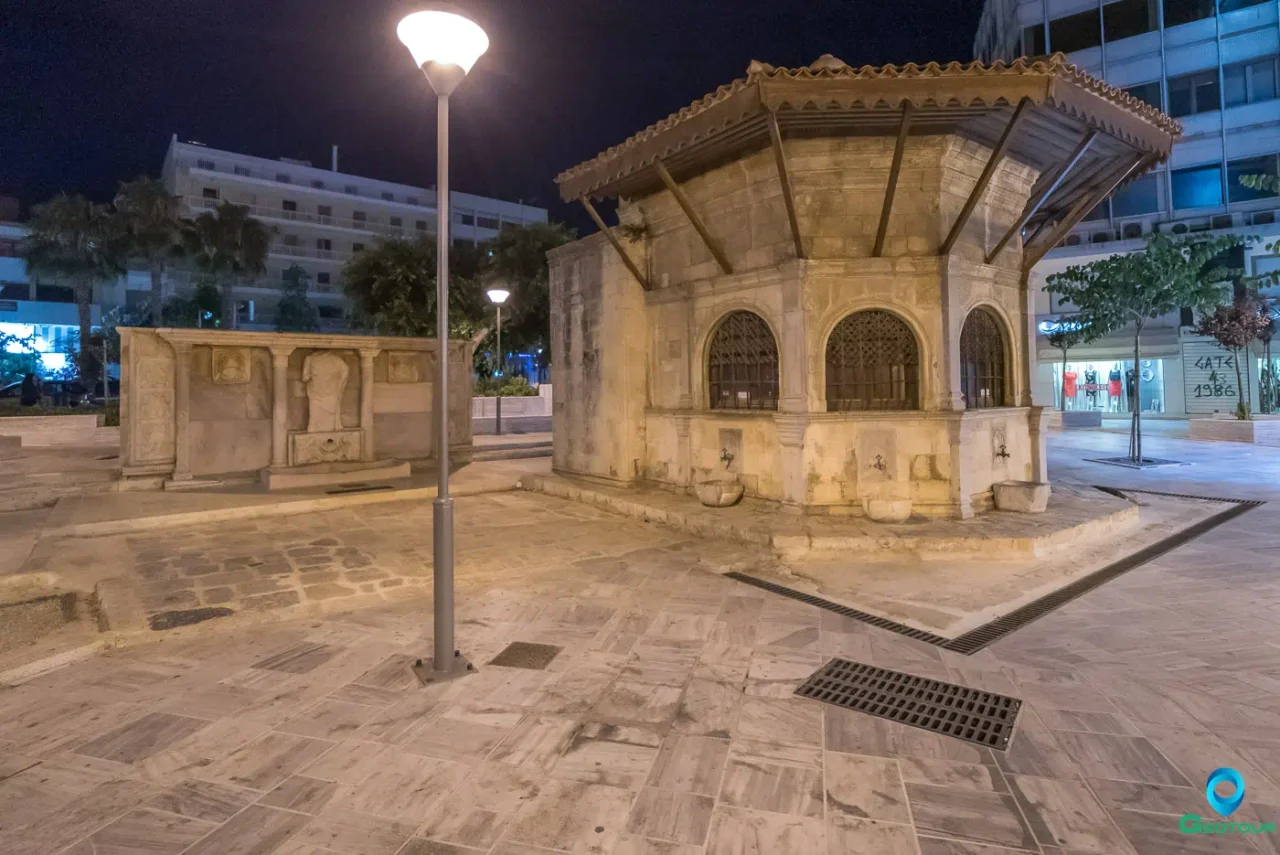
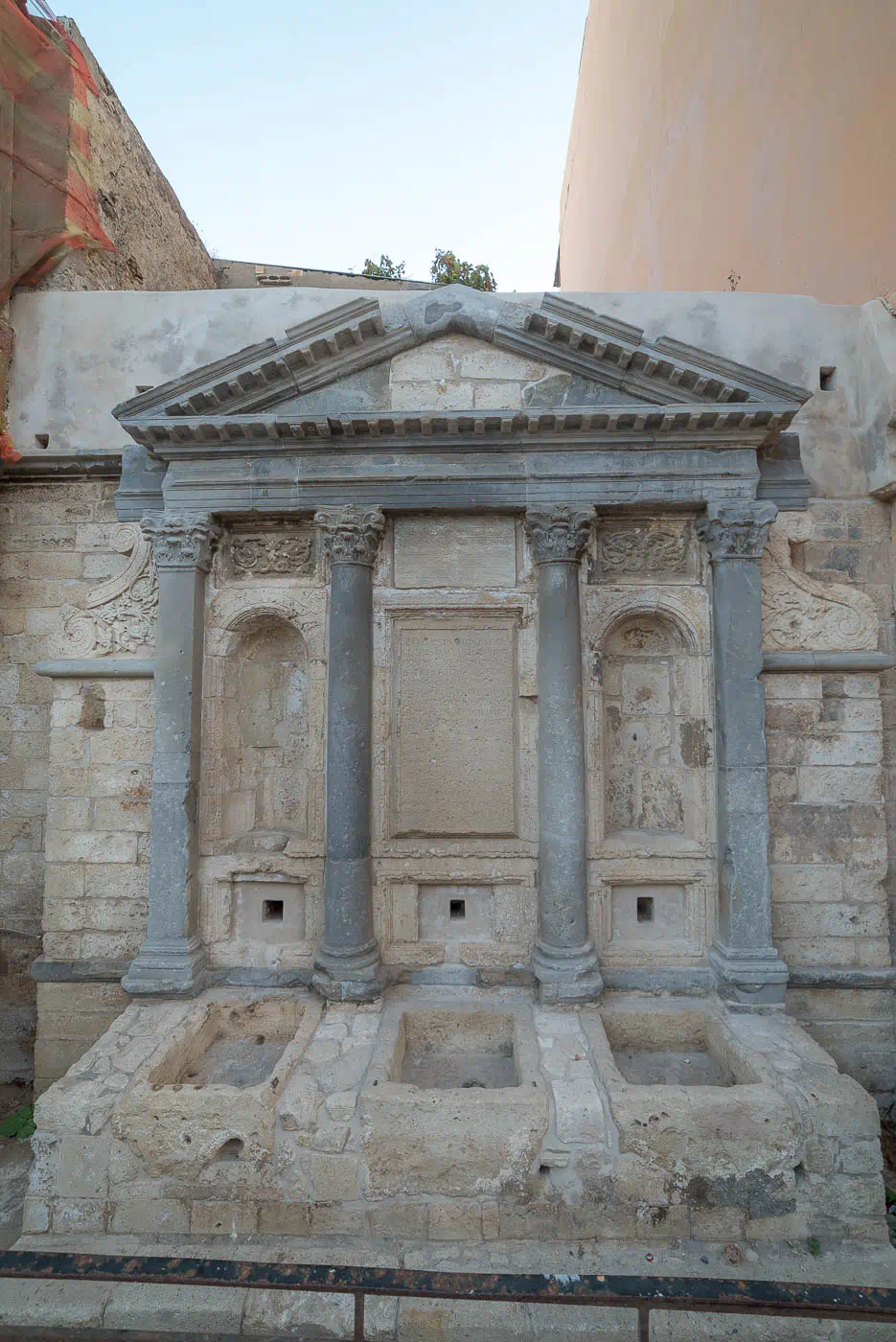
Early Venetian Period: Wells, Cisterns, and the Bembo Fountain
In the early centuries of Venetian rule, the city relied heavily on wells and cisterns to collect rainwater. However, these sources were often insufficient and unreliable, especially during dry periods. One of the first public works to improve the water supply was the Bembo Fountain, built in the mid-16th century outside the Byzantine walls. This fountain likely drew water from a spring near the Kainouria Porta (New Gate).
Despite these efforts, water scarcity remained a persistent challenge. Historical accounts from the 16th and early 17th centuries describe a city plagued by drought, with residents forced to purchase water from vendors who brought it from springs and wells outside the city.
The Morosini Aqueduct: A Venetian Marvel
The most ambitious water project undertaken by the Venetians was the construction of the Morosini Aqueduct in the 17th century. Francesco Morosini, the Venetian governor of Crete, commissioned this monumental undertaking to bring fresh water to Heraklion from the springs of Mount Giouchtas, located about 15 kilometers south of the city.
The aqueduct, completed in just 14 months, was a feat of engineering. It incorporated a network of:
- Water bridges: These spanned valleys and ravines, allowing the water to flow continuously. Notable examples include the Karydaki bridge, the Syllamos bridge, and the Kato Fortetsa bridge.
- Tunnels: These were carved through hills and mountains to maintain the aqueduct’s gradient.
- Lead pipes: These were used for the final distribution of water within the city.
The aqueduct culminated in the iconic Morosini Fountain (also known as the Lions Fountain) in the city’s central square. This magnificent fountain, adorned with sculptures of lions and sea creatures, became a symbol of Heraklion’s prosperity and Venetian ingenuity.
The Route of the Morosini Aqueduct
The Morosini Aqueduct followed a carefully planned route to ensure a continuous flow of water to Heraklion. Starting from the Peleketa springs on Mount Giouchtas, it incorporated water from the spring of Agios Ioannis Myristis and continued along the left bank of the Katsaba River.
A key point along the route was Karydaki, where a well-preserved water bridge carried the aqueduct over a valley. This bridge, with its arches, shows the skill of Venetian engineers.
The aqueduct then traversed the Silamos valley and the Fortetsa area, eventually reaching the moat of Heraklion’s fortifications. It entered the city through the Jesus Gate (Kainouria Porta), continuing inside the walls towards the Vitturi bastion and then to the Agios Georgios Gate (Lazaretto).
Near the Agios Georgios Gate, the aqueduct crossed another impressive water bridge known as the Treis Kamares (Three Arches). This bridge, located near the present-day Eleftherias Square, allowed the water to bypass the old city walls.
From there, the aqueduct continued underground, passing by the Monastery of Agios Fragiskos (now the site of the Archaeological Museum) and finally reaching the Morosini Fountain.
Venetian Water Management Practices
The Venetians implemented strict regulations to protect the aqueduct and ensure the equitable distribution of water. These included:
- Prohibition of tree planting: No trees were allowed within 10 paces of the aqueduct to prevent root damage.
- Fines for damage: Landowners were responsible for reporting any damage to the aqueduct on their property.
- Nighttime distribution to cisterns: Private cisterns were filled with excess water from the aqueduct only at night to avoid disrupting the flow to public fountains.
These measures highlight the Venetians’ commitment to preserving their water infrastructure and ensuring a reliable water supply for the city.
The Ottoman Period: Maintaining and Expanding the Water Network
After the Ottoman conquest of Heraklion in 1669, the existing Venetian water infrastructure was maintained and expanded. The Ottomans recognized the importance of the Morosini Aqueduct and undertook repairs to restore the water flow that had been disrupted during the siege.
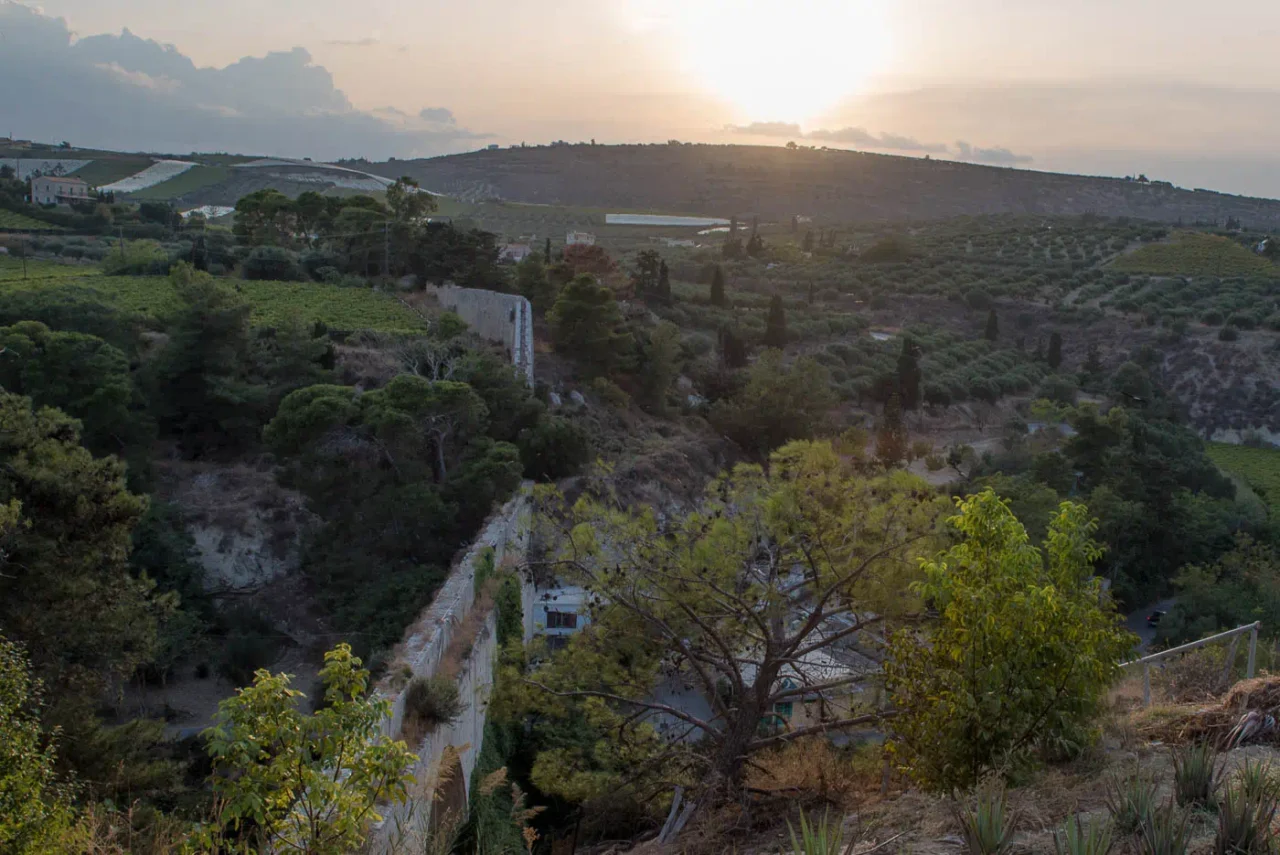
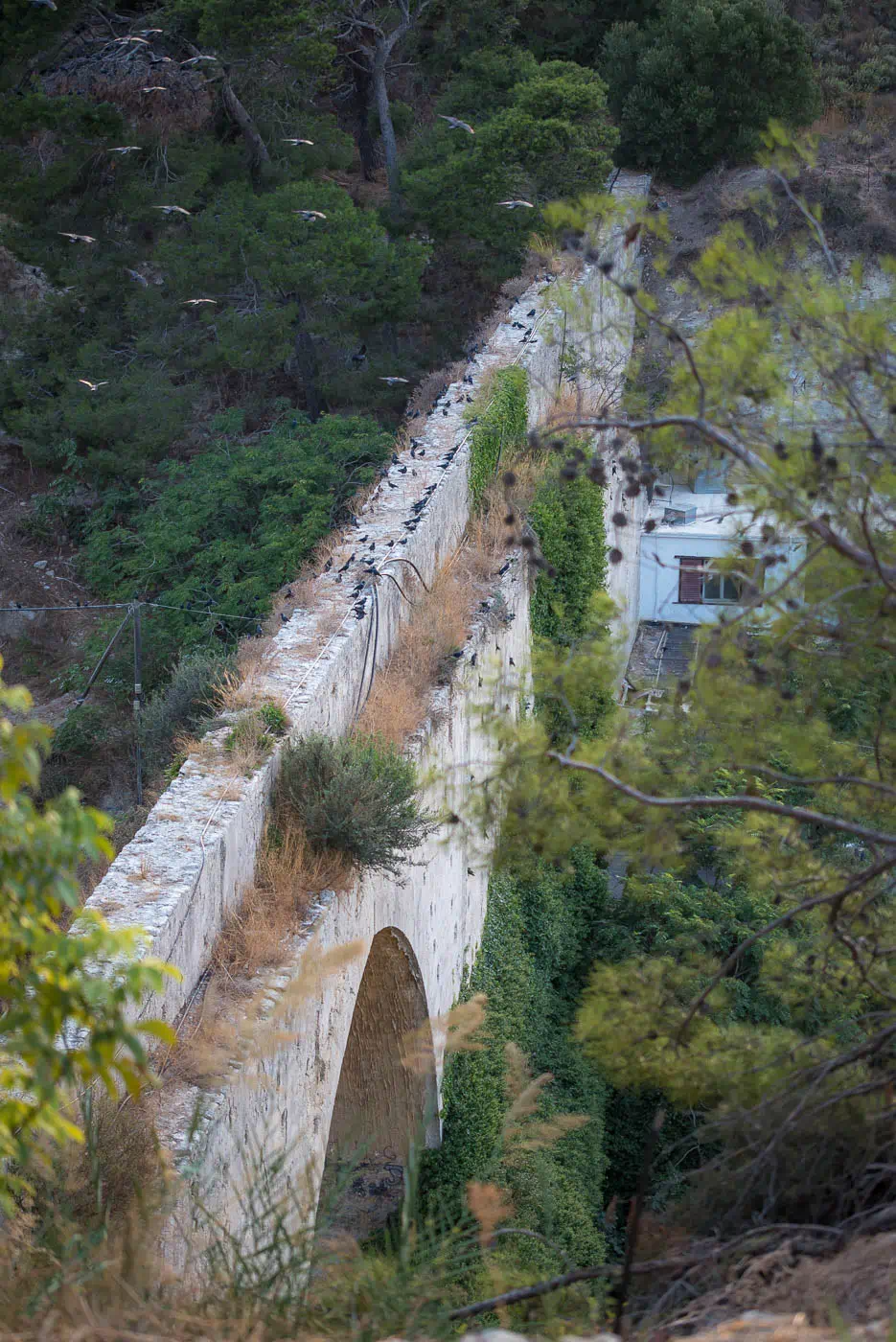
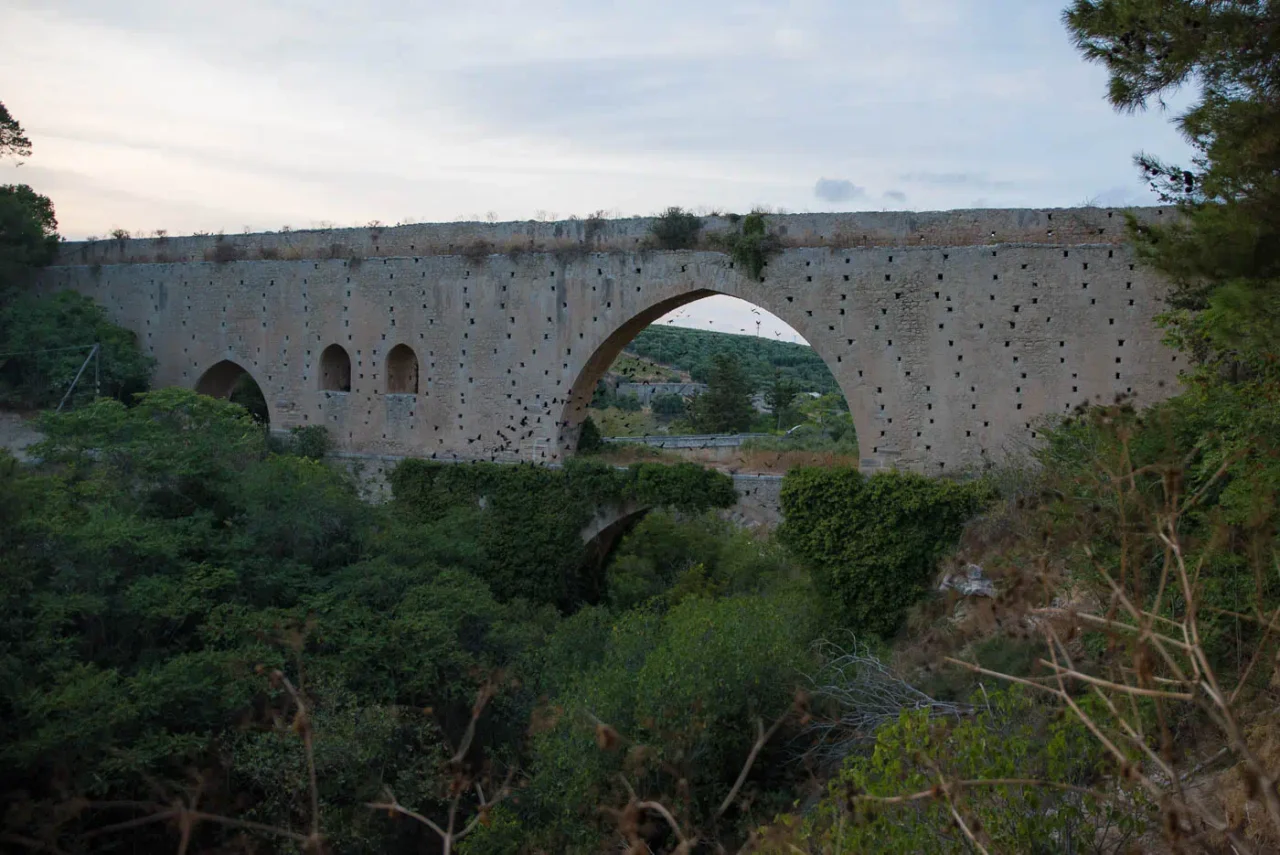
Ottoman Contributions to Water Management
The Ottomans made significant contributions to Heraklion’s water system, including:
-
- Construction of new fountains: Public fountains (çeşmes) were built throughout the city, often associated with mosques and serving both religious and public needs.
- Establishment of hammams: Traditional Turkish baths (hammams) became an integral part of Ottoman urban life, requiring a substantial water supply.
- Development of a water distribution network: A complex system of canals and pipes was created to supply water to mosques, fountains, hammams, and some private residences.
- Construction of the Spilia water bridge: In the early 19th century, during the Egyptian occupation of Crete, the aqueduct was further extended with the addition of the Spilia water bridge. This bridge, built to incorporate water from the Fontana spring, is another example of the continuous efforts to enhance the city’s water supply.
Ottoman Water Management Practices
The Ottomans, like the Venetians, implemented measures to regulate water use and ensure equitable distribution. These included:
- Water allocation: Water from springs and the aqueduct was carefully measured and allocated to different users, including mosques, fountains, hammams, and private residences.
- Water management officials: Specialized officials (su başı) were responsible for overseeing the water system and ensuring its proper functioning.
- Water markets: Water rights could be bought and sold, allowing for a degree of flexibility in water allocation.
These practices reflect the Ottomans’ understanding of water as a valuable resource that required careful management and regulation.
Conclusion
Heraklion’s need for water has shaped its history. From the Minoan systems at Knossos to the Venetian aqueduct and the Ottoman expansion of the water network, each civilization has influenced the city’s water resources. The remaining water infrastructure, like the Karydaki and Spilia water bridges, the Bembo and Morosini fountains, and the Treis Kamares, shows the importance of water in developing the city.
References
- Spanakis S., The Water Supply of Heraklion, Heraklion 1981

